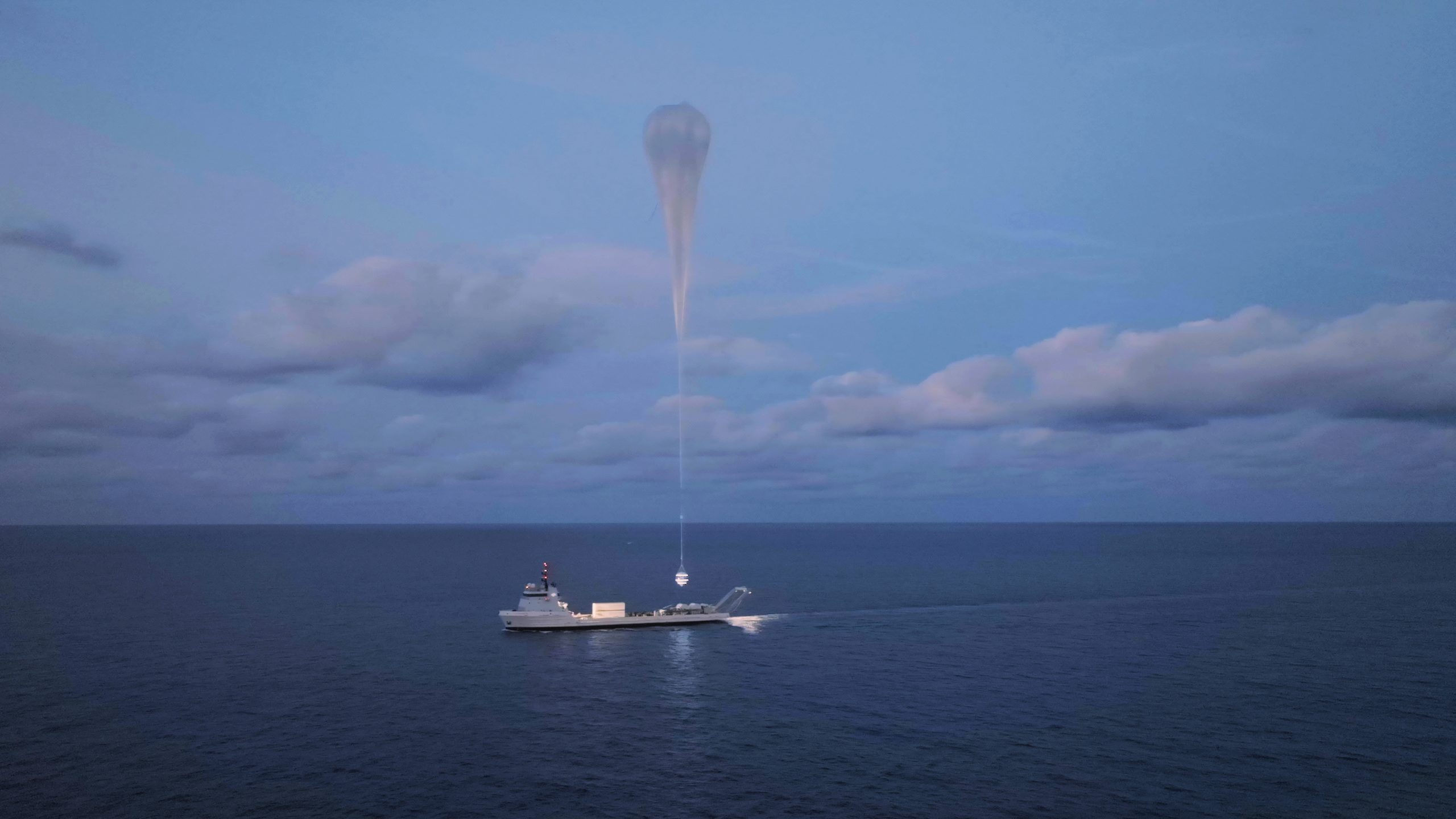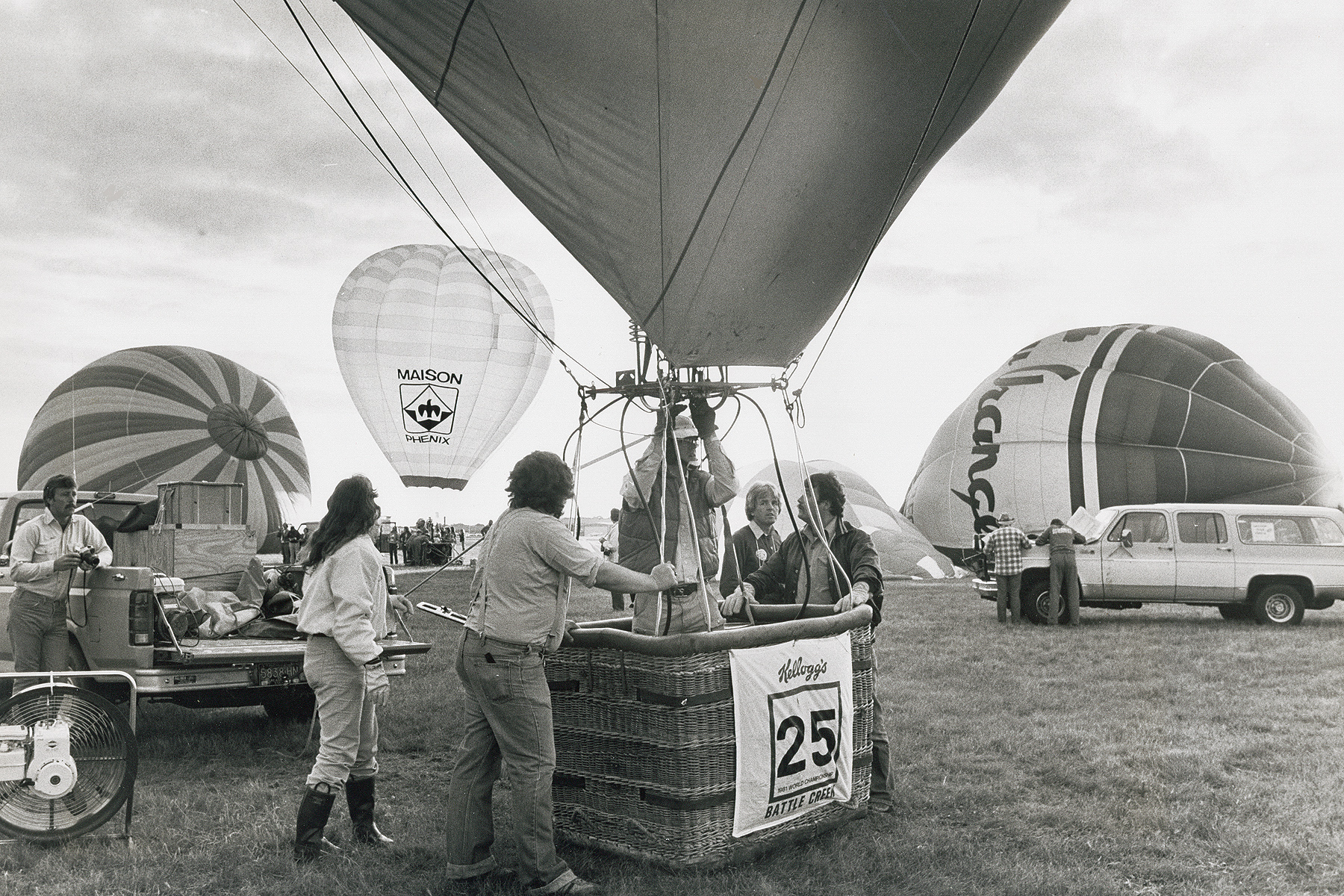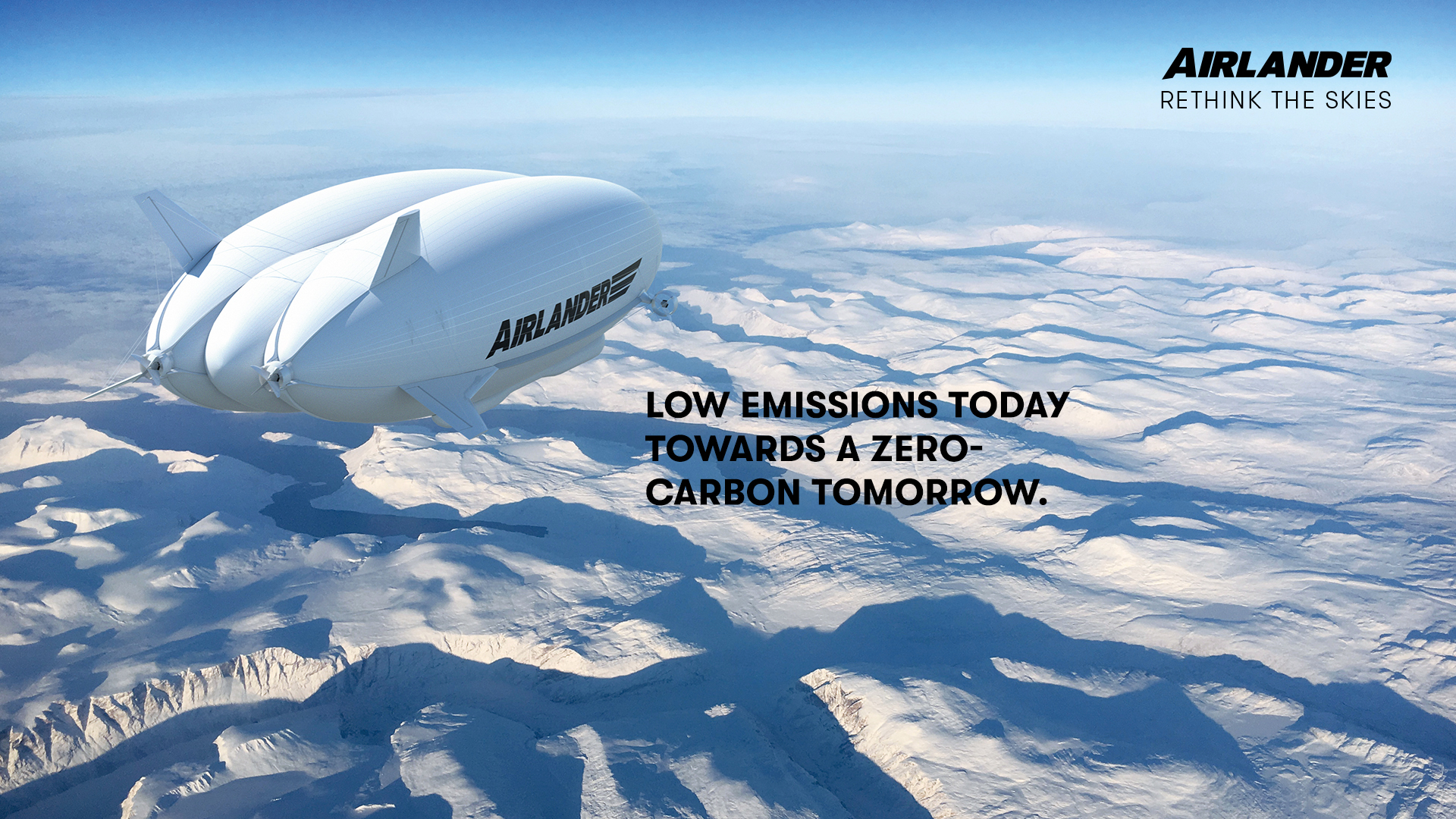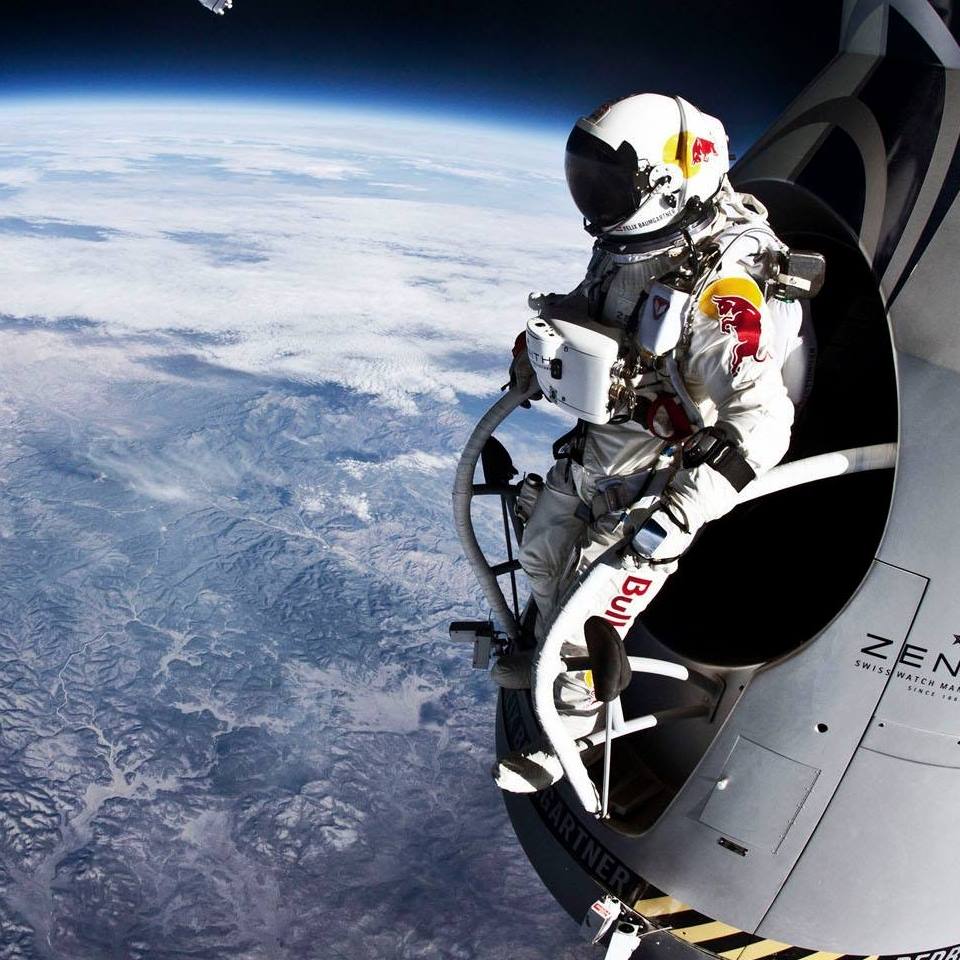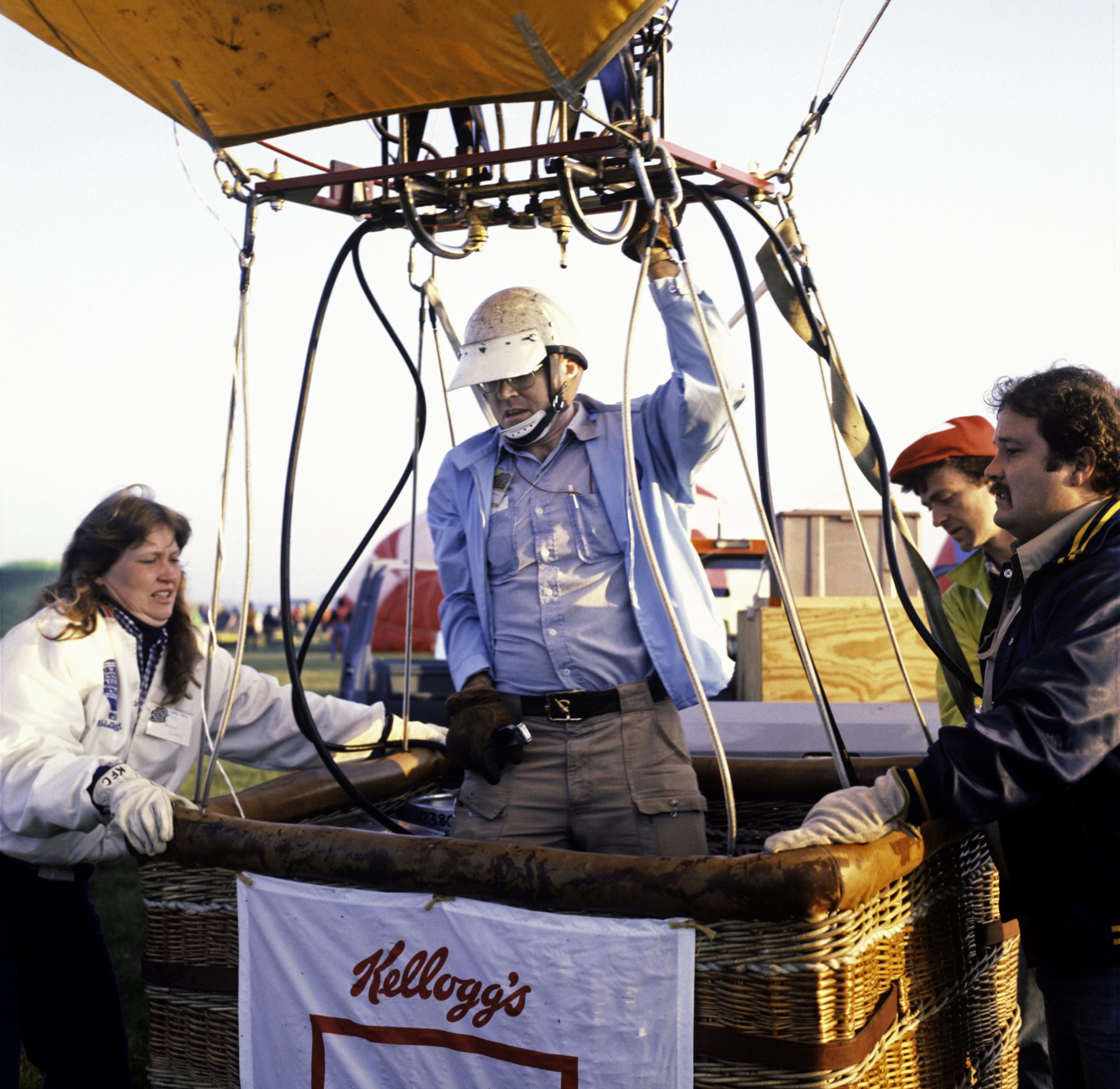On September 15, 2024, just before dawn, a historic flight launched off the coast of St. Petersburg, Florida, from the MS Voyager—a ship transformed into a floating spaceport. The Spaceship Neptune-Excelsior used buoyancy instead of rocket power to lift off, reaching an altitude of 100,000 feet—far above 99% of Earth’s atmosphere—powered by its hydrogen-filled SpaceBalloon™. This uncrewed mission marked a major milestone for Space Perspective, a company leading the way in balloon-based space travel. The flight represents groundbreaking advances in space tourism, with innovations in floating spaceport technology, spacecraft design, and flight safety.

The Test Flight
Space Perspective’s goal is to give passengers a serene journey to the edge of space, without the intense speed, heavy G-forces, or tough training that come with rocket launches. The pressurized capsule, launched from the MS Voyager, slowly rose at 12 miles per hour, taking two hours to reach the stratosphere. It then floated at peak altitude for another two hours before making a controlled descent, landing softly in the ocean after a six-hour flight. A quick boat and crane were ready to retrieve the capsule, demonstrating the smooth and efficient operation of the space journey.
The success of the test flight was a result of five years of hard work. “Completing Development Flight 2 is a defining moment for Space Perspective,” said Taber MacCallum, co-founder and Chief Technology Officer. “I’m so proud of our devoted team who has worked relentlessly to execute this mission, drawing from their deep expertise and designing solutions for never-been-seen technologies. This uncrewed flight not only proves our pioneering technology but also brings us a giant leap closer to making space accessible for everyone and reaffirms our belief in the transformative power of space travel.”
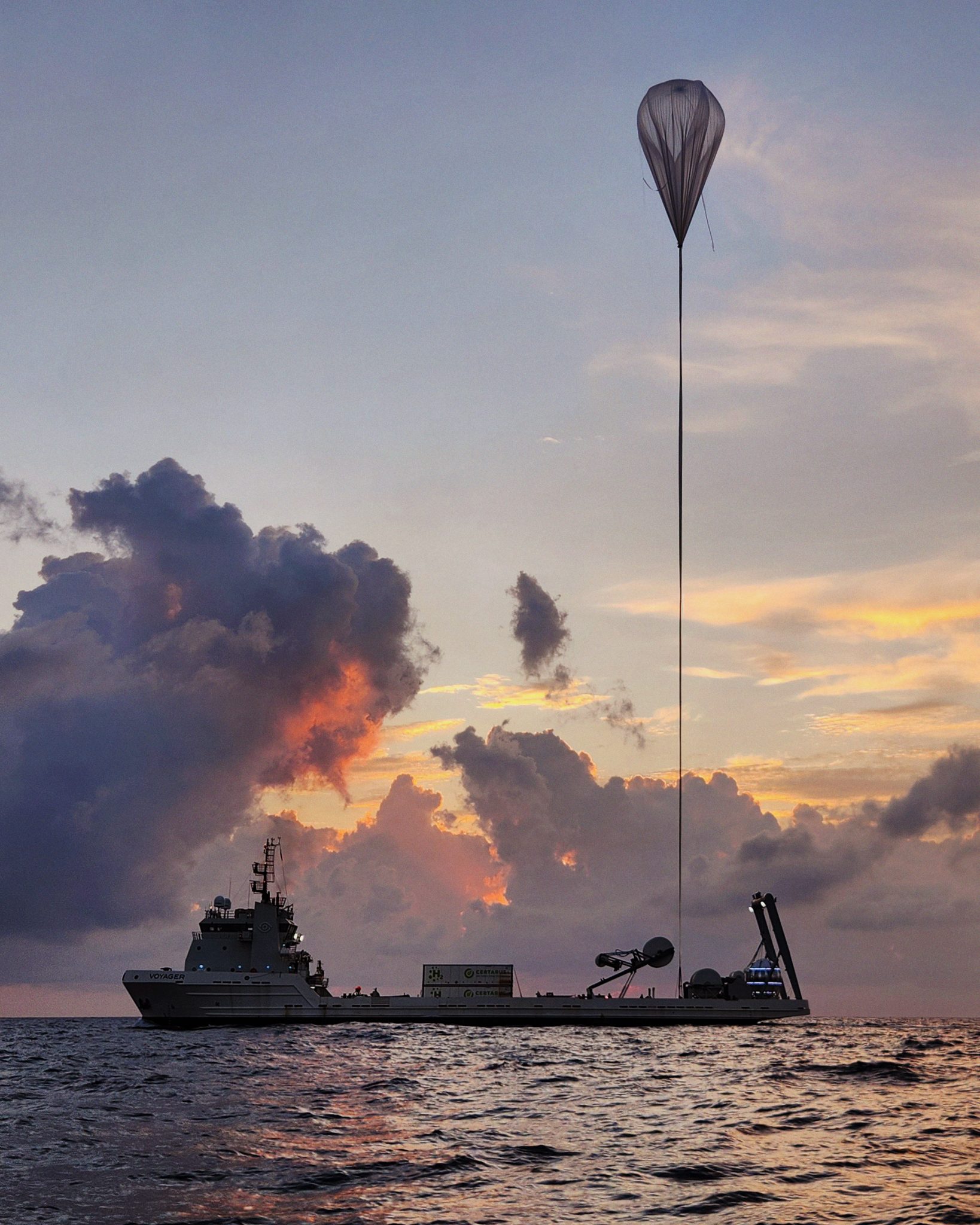
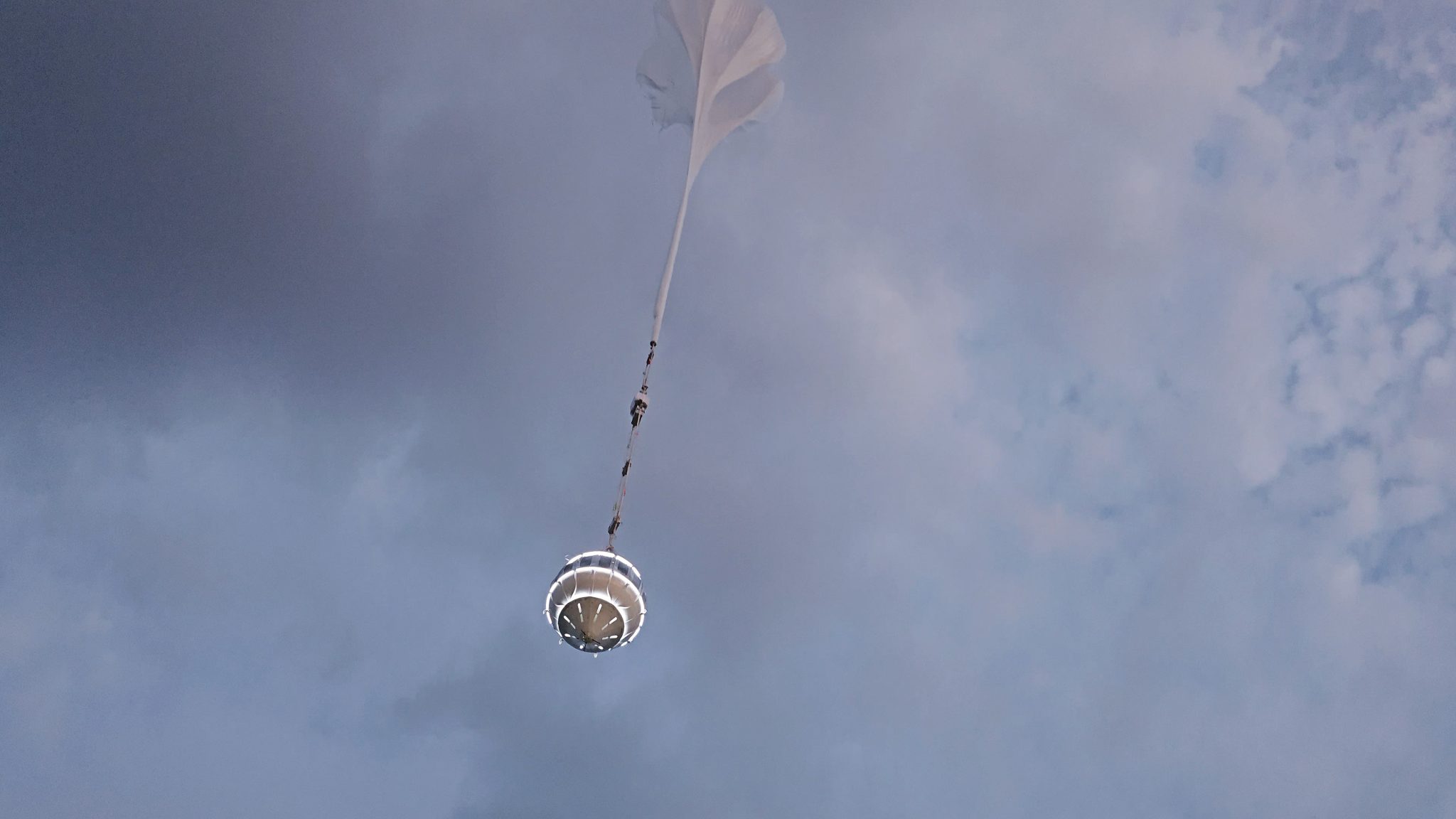
Photo credit – Space Perspective
Technology and System Overview
Spaceship Neptune has three main parts: the SpaceBalloon™, the pressurized capsule, and a Reserve Descent System―four parachutes between the capsule and balloon—that can activate at once if anything goes wrong, increasing the chances for a safe landing.
The balloon was launched using a special four-roller system, which kept it steady and safe as it climbed into the stratosphere. This system allows them to operate flights year-round from anywhere in the world. The capsule designed to carry eight passengers and a pilot, is spacious with a 16-foot diameter, providing over 2,000 cubic feet of pressurized space. It also has the largest UV-protected windows ever flown into space. At its highest point, the cabin pressure stayed stable, highlighting impressive engineering in spacecraft design.
The capsule’s advanced temperature control systems kept everything comfortable during the flight, even as it faced the freezing cold of the upper atmosphere and the intense heat from the sun. The SpaceBalloon™, when fully expanded, has a volume of 18,000,000 cubic feet—large enough to fit an entire football stadium. Standing over 700 feet tall at launch, the SpaceBalloon™ surpasses the height of the Washington Monument. Hydrogen, used as the lift gas, is both renewable and effective, marking a step toward eco-friendly space travel.
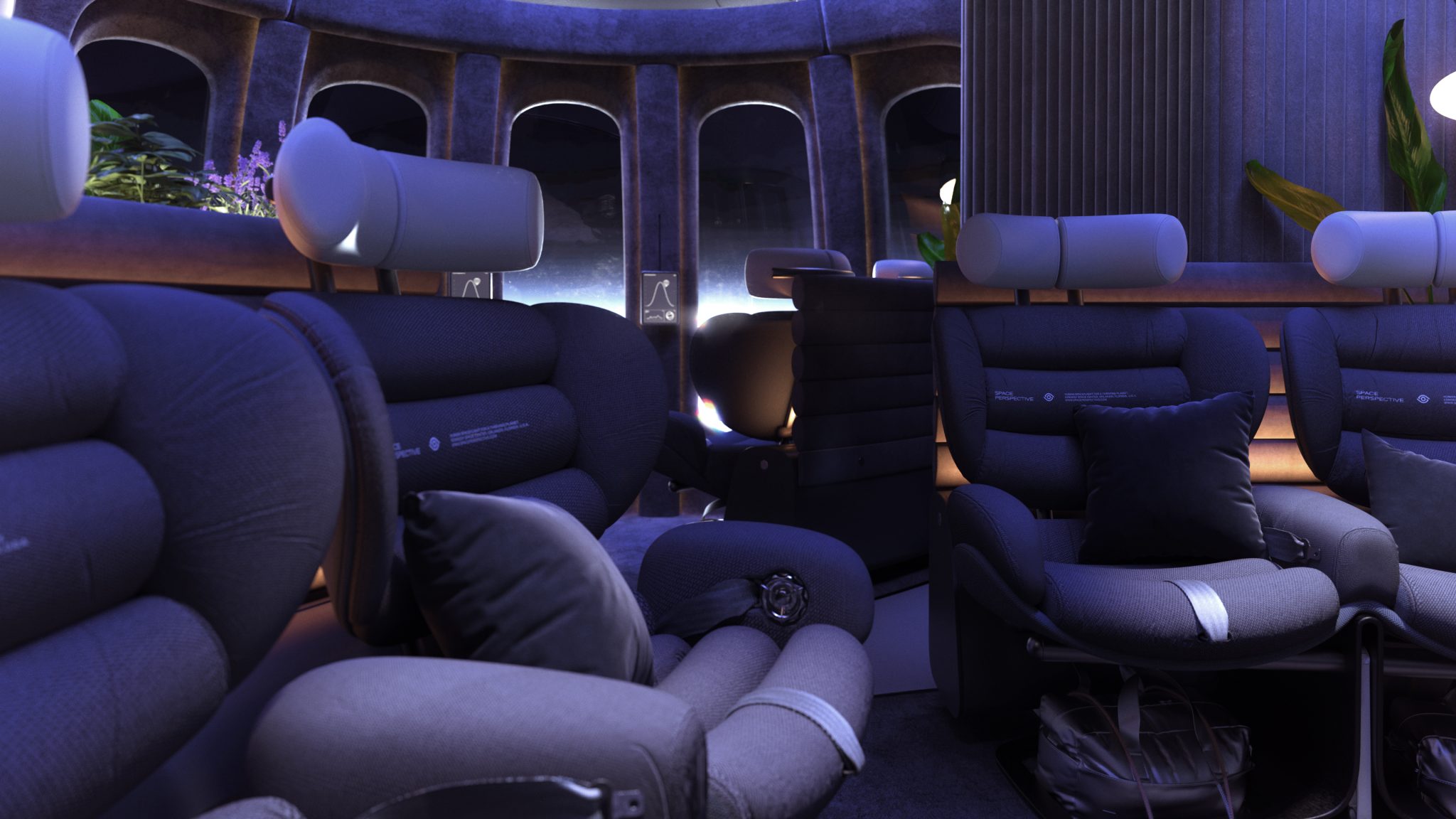
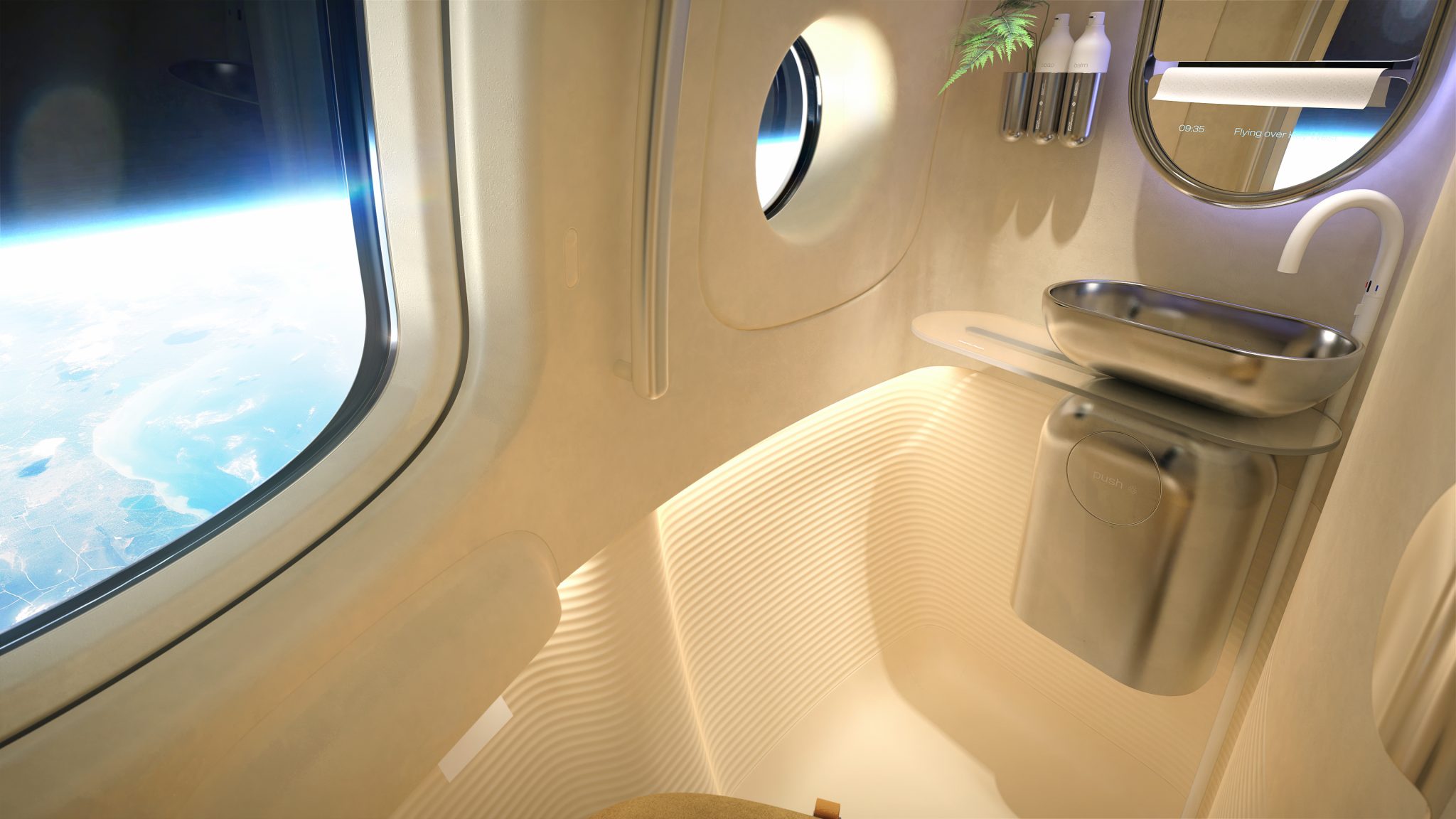
Mission Control closely monitored the operations, testing out their special software and communication systems. The spaceship’s descent is controlled by releasing just enough gas to maintain a comfortable descent speed.
Jane Poynter, co-founder of Space Perspective, shared her excitement, saying, “This flight showed how smooth and accessible the Spaceship Neptune experience is, from the gentle ascent to the splashdown.”
Looking Ahead
Space Perspective has raised $100 million from investors and adheres to safety standards set by the FAA, U.S. Coast Guard, and NASA. Notably, Sir Richard Branson, the founder of Virgin Galactic, is also one of their investors. On October 17, the company announced that Branson will join co-founders Jane Poynter and Taber MacCallum as a co-pilot for the first crewed mission of Spaceship Neptune. Branson has a long history of bold adventures and record-breaking feats in both business and exploration. In ballooning, his memorable achievements are his hot-air balloon flights with Per Lindstrand, crossing the Atlantic in 1987 and the Pacific in 1991.
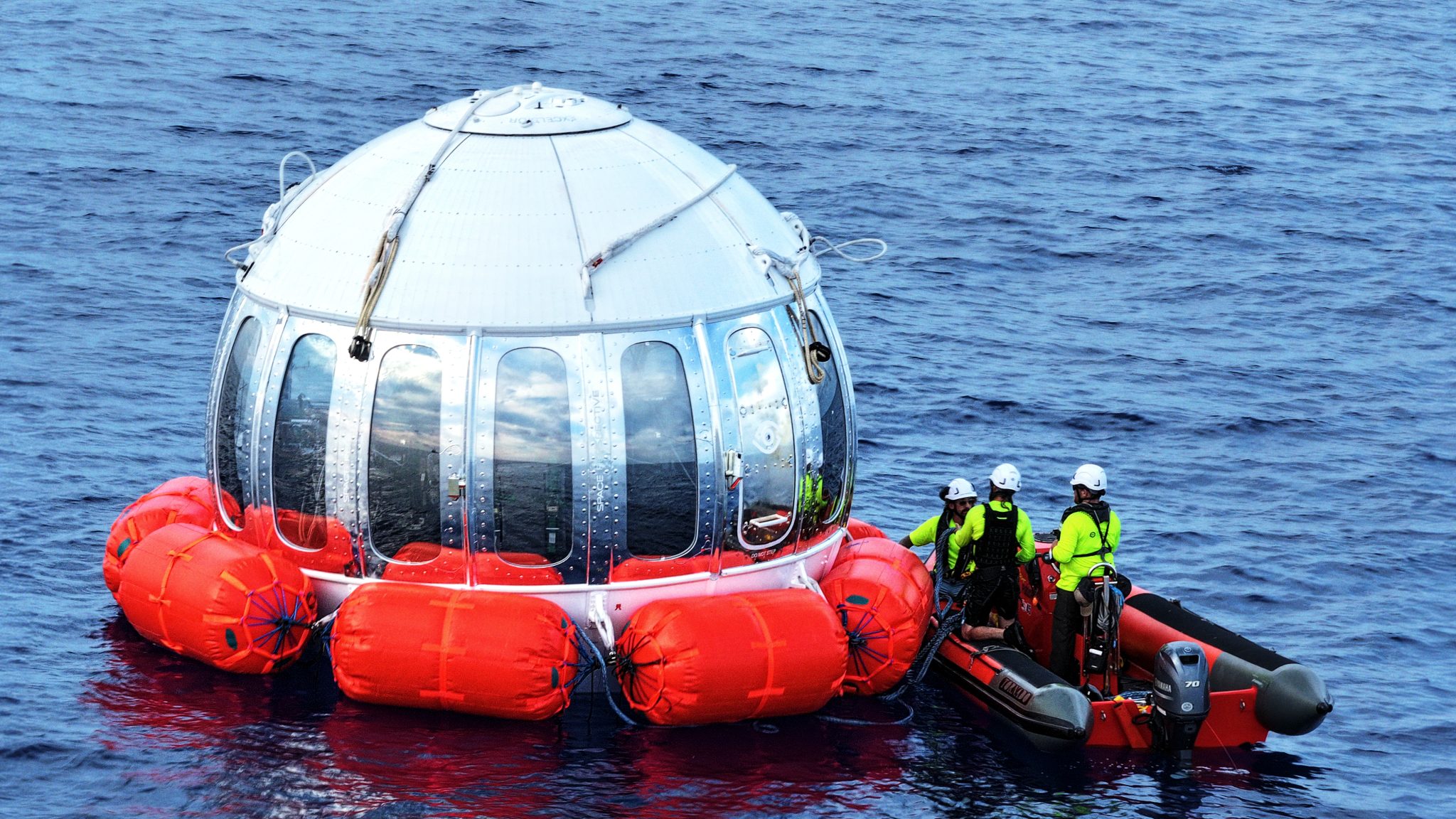
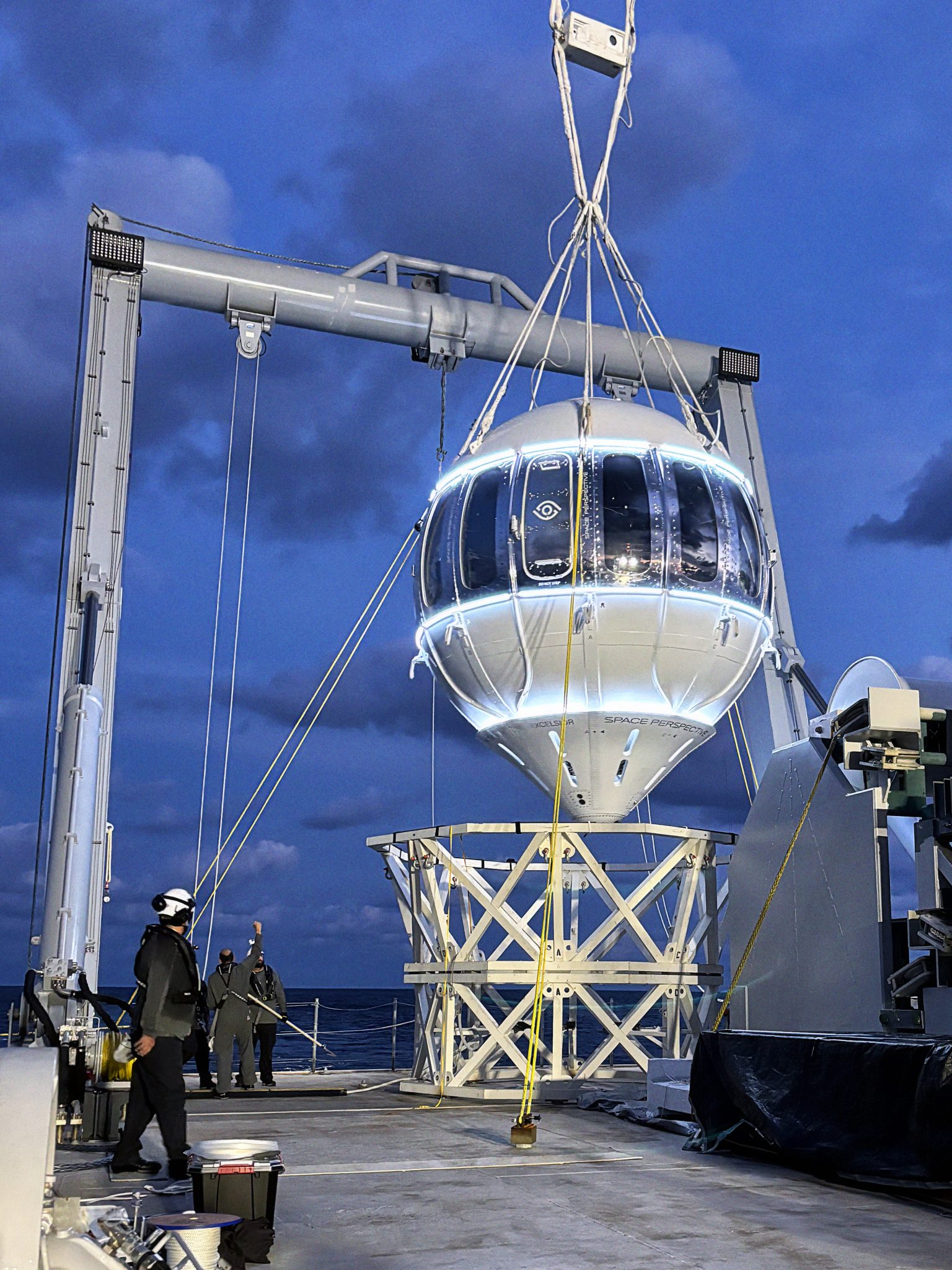
Space Perspective plans to run a few more test flights before taking people up in 2025, with regular commercial flights starting in 2026. They’ve already sold over 1,800 tickets, each costing $125,000.
According to Jane Poynter, the best views will be during predawn departures, when ‘explorers’ can marvel at the starscape before sunrise, and then watch the Sun light up the Earth’s curvature, highlighting the bright blue line of our atmosphere, and the dark vastness of space. Passengers will have a nearly 360-degree view, stretching 450 miles in every direction through the panoramic windows. The six-hour flight offers many opportunities to take photos, enjoy meals and drinks, and even livestream the journey to share with loved ones on Earth. And for those who need a bathroom break, there’s the ‘Space Spa’ with an unparalleled view of the universe.
Space tourism is a new frontier for adventurous explorers, but the idea of traveling by a thin polyethylene balloon can make people nervous. A common question is, ‘What if the balloon tears or pops?’ Well, Space Perspective has an answer. They use SpaceBalloon™ technology, which has been tested over 1,000 times by NASA and other organizations, so it’s proven to be very safe. The balloon is a ‘zero-pressure’ type, meaning there’s no pressure difference between the inside and the outside, so it can’t actually pop. Even if it punctures, the balloon will just slowly descend and land safely, ensuring everyone on board is secure. The backup Reserve Descent System, with parachutes that have brought people and equipment back safely from space over 1,000 times, adds another layer of safety.
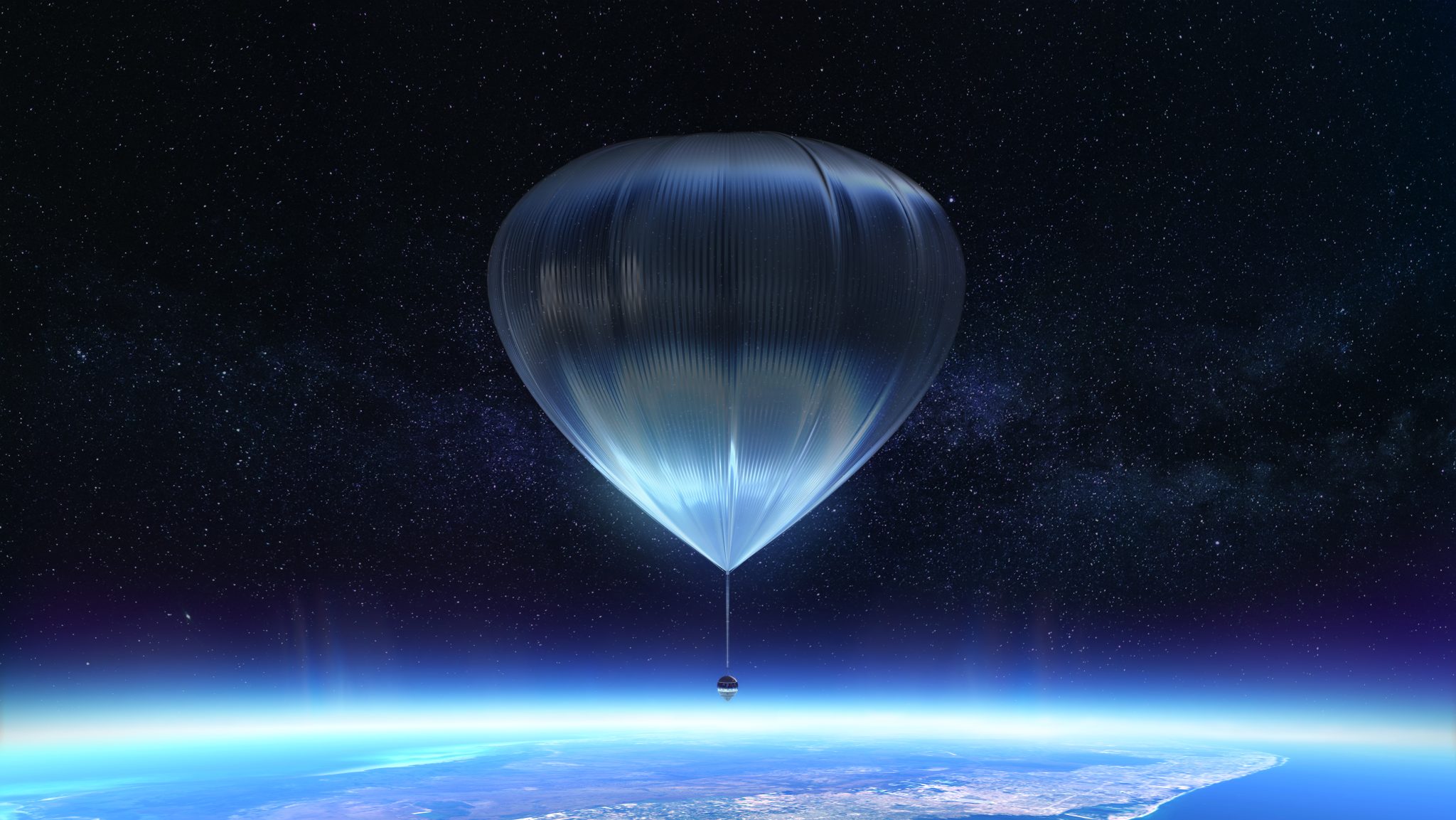
Some people are concerned about using hydrogen because it’s highly flammable. Space Perspective explains they had two options for lifting Spaceship Neptune—helium or hydrogen. Helium is safe, but it’s also a non-renewable gas and is in short supply. It’s needed for important medical equipment like MRIs, so using it for space travel would compete with those critical needs.
Hydrogen, on the other hand, is a renewable resource and is now widely used in fuel cells, vehicles, and even airplanes worldwide. Modern balloon technology has come a long way since the Hindenburg airship disaster in 1937. The tragedy happened because the airship wasn’t designed to safely use hydrogen—hydrogen mixed with air, creating a combustible situation, which was then ignited by a spark that led to the fire. Today, however, hydrogen balloons are designed with advanced safety measures, and thousands of flights are conducted safely every year. Hydrogen has become a reliable and proven option for balloon travel.
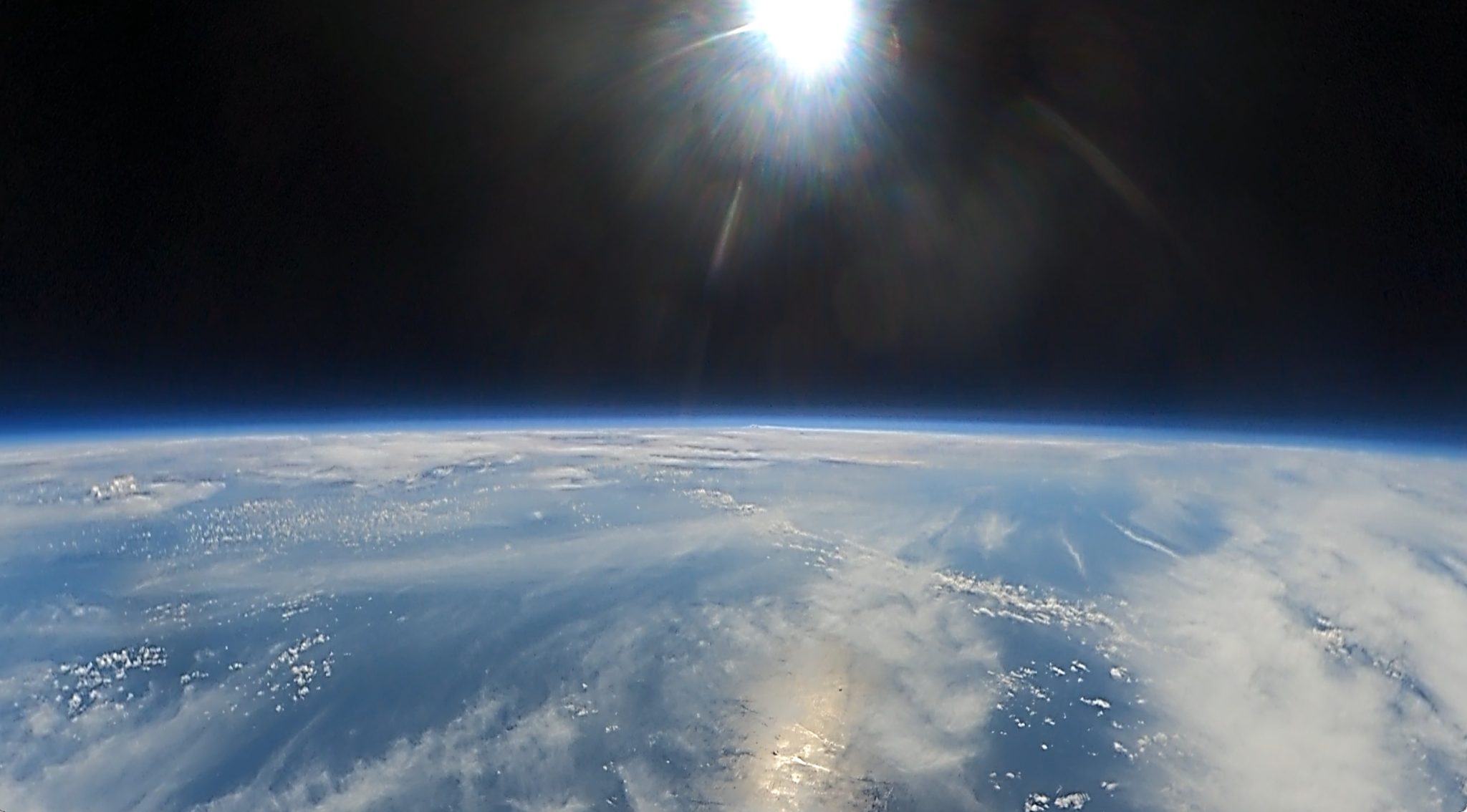
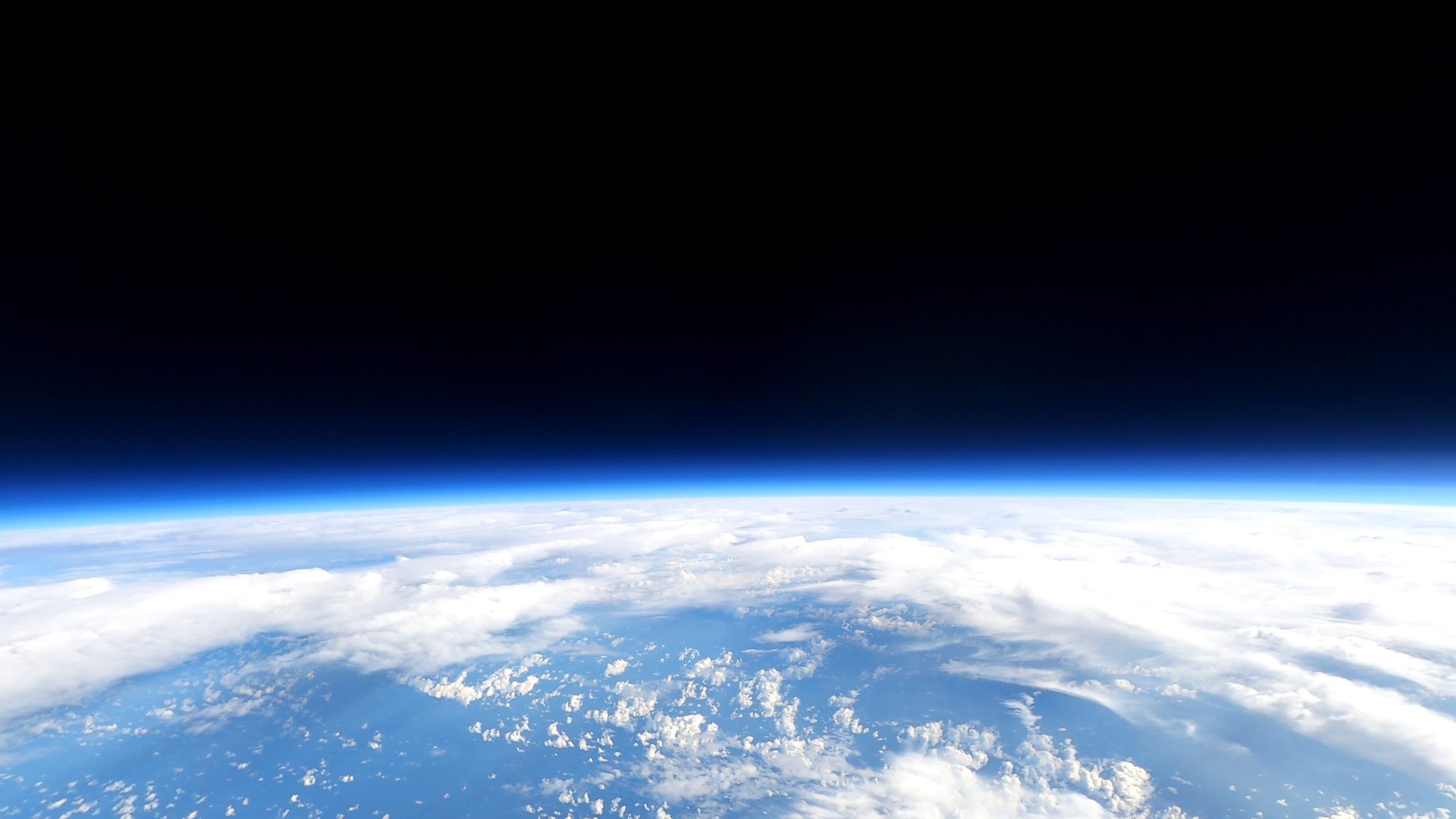
For those wondering, ‘Is 100,000 feet really space?’ Technically, it’s not. The official boundary, called the Kármán line, is at 328,084 feet, or 100 kilometers, above sea level. But at 100,000 feet, you’re already above 99% of Earth’s atmosphere, and for practical purposes—like the breathtaking view, the conditions for human safety, and the sense of being beyond Earth—you are in space. Passengers get to experience an incredible, otherworldly view that very few have seen before. Plus, at that altitude, the flight meets U.S. regulations to be classified as a spacecraft.
In addition to tourism, the company supports scientific research by planning to carry research equipment alongside passengers in future flights. The largely unexplored stratosphere offers numerous opportunities for new experiments and discoveries. Their team has been part of developing every U.S. human spacecraft over the past 40 years. They use patented technologies based on designs tested by NASA and other organizations—proven to handle payloads even heavier than the Spaceship Neptune capsule.
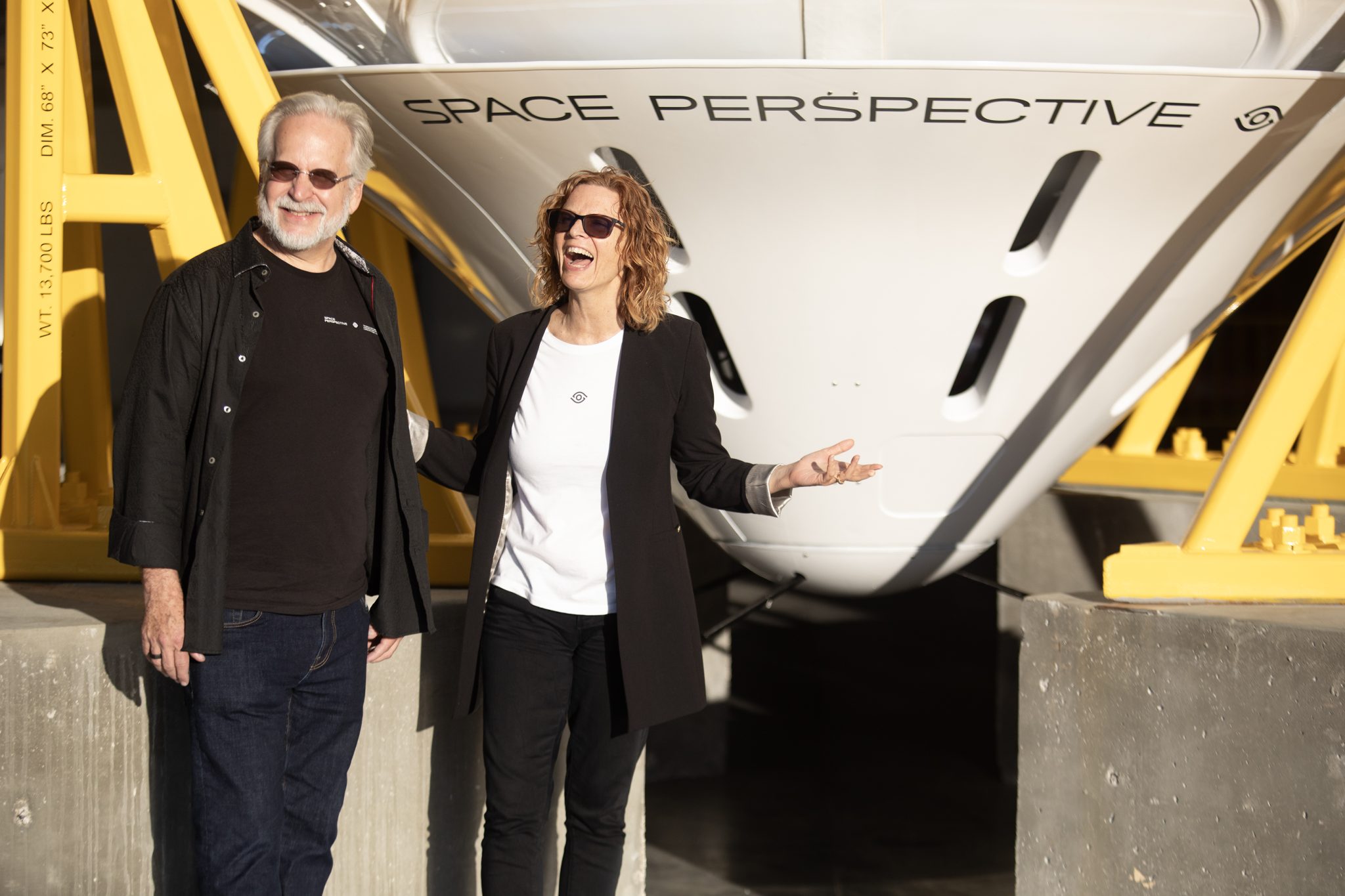
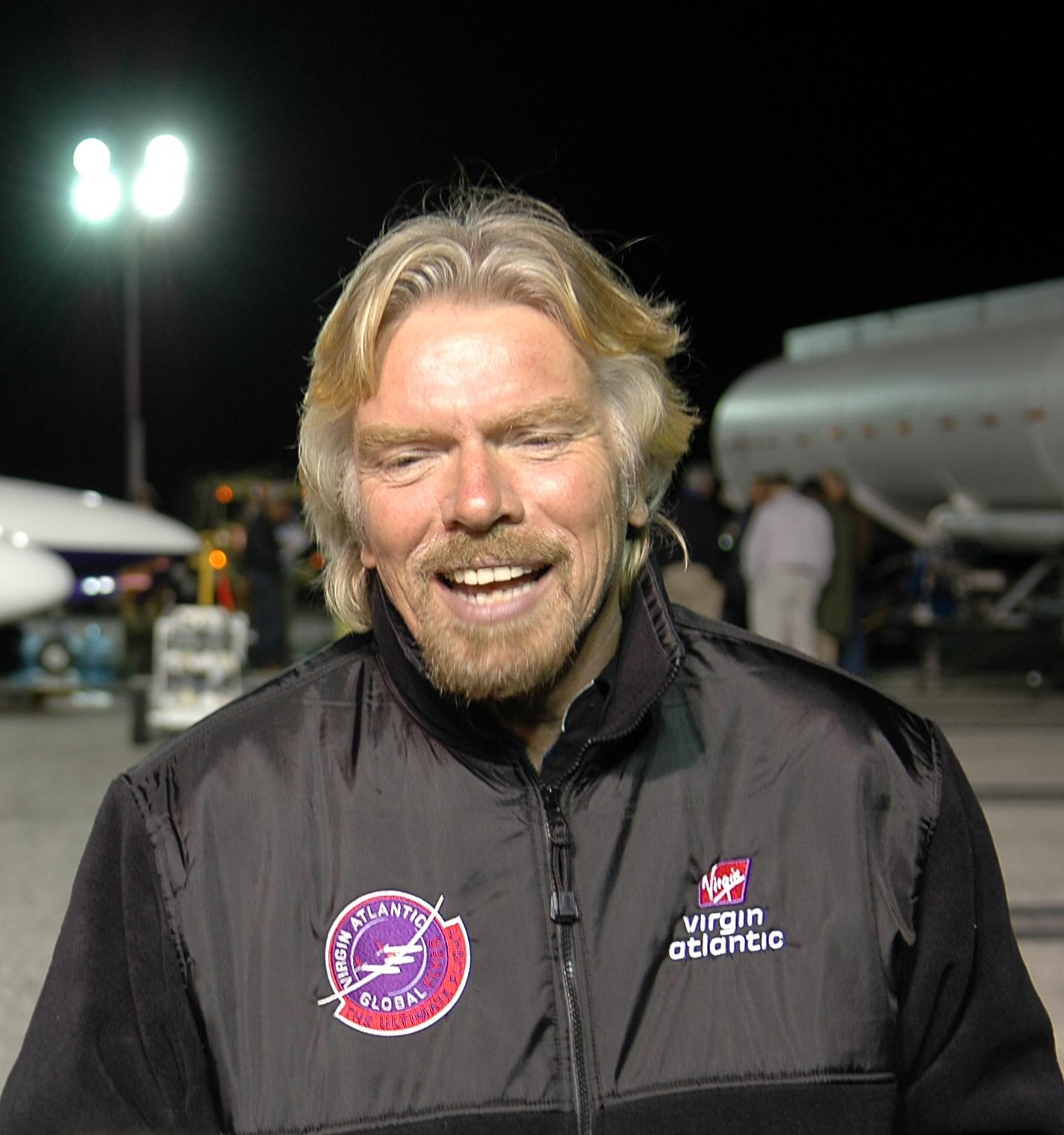
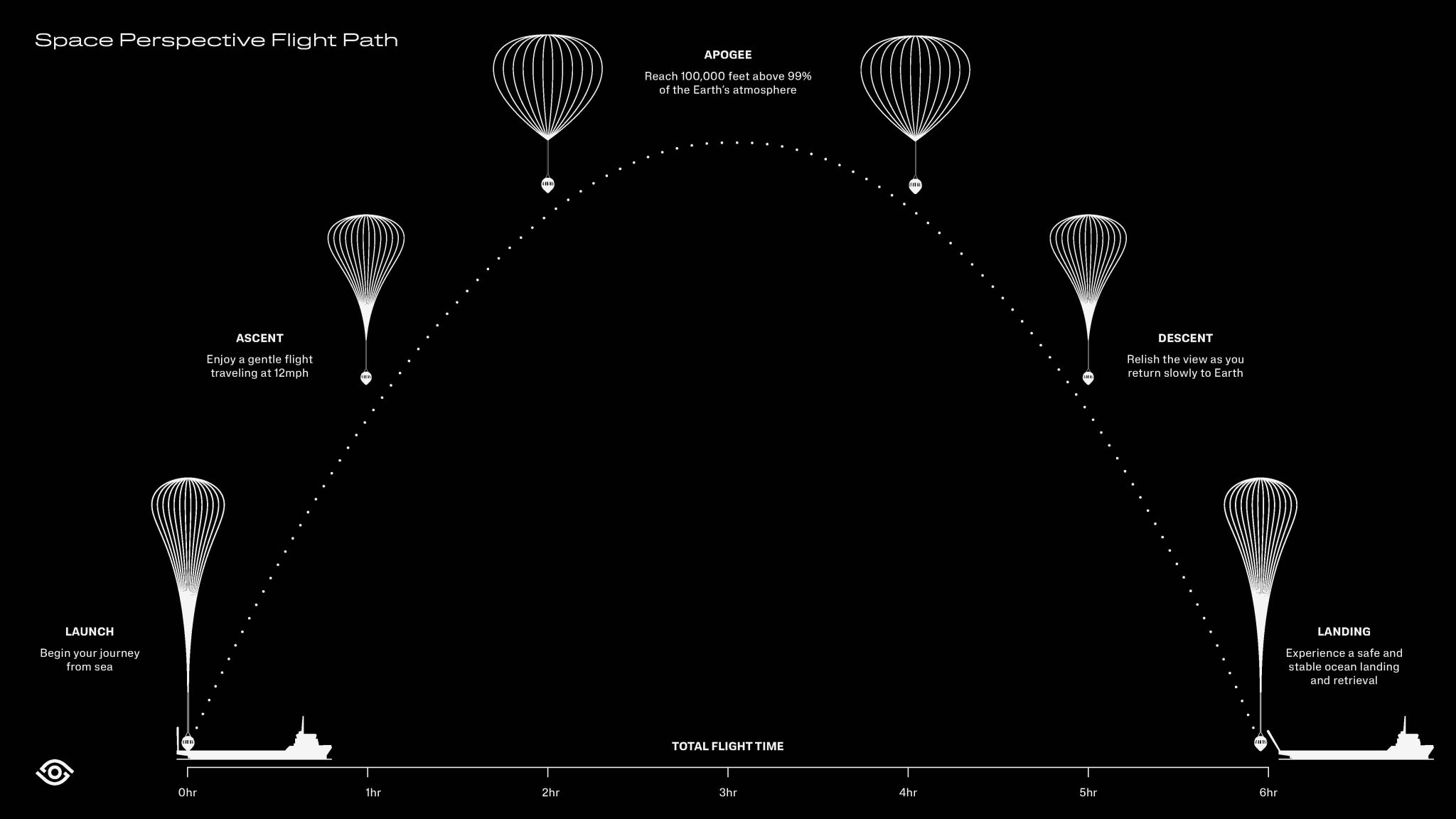
Space Perspective, based on Florida’s Space Coast, was founded by Jane Poynter and Taber MacCallum, veterans of human spaceflight and original members of the Biosphere 2 project. Their background includes developing environmental control systems for the International Space Station (ISS) through their company, Paragon Space Development Corporation. In 2014, their StratEx team launched Alan Eustace to 135,908 feet under a space balloon, breaking the Red Bull Stratos record for the highest space dive. With decades of experience, the Space Perspective team is pushing the boundaries of space tourism, making it accessible to more people than ever before.
###

